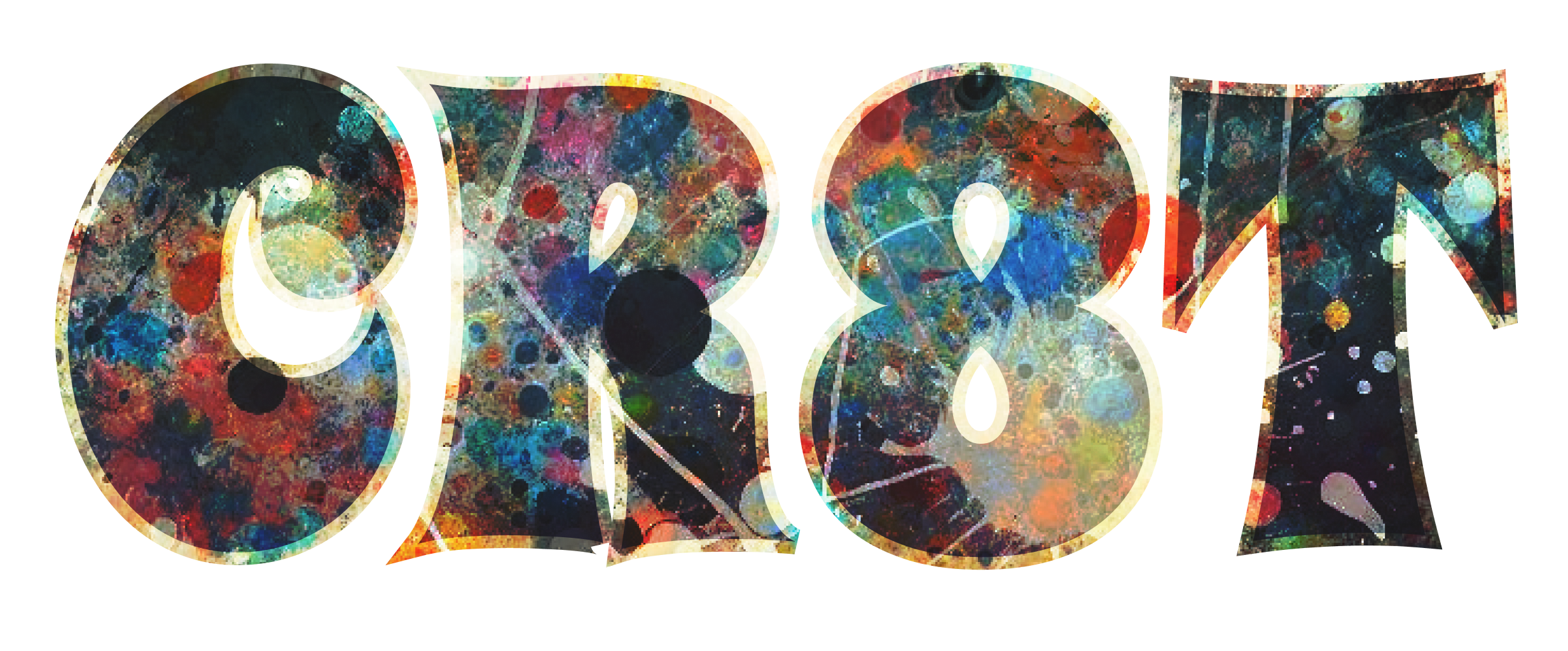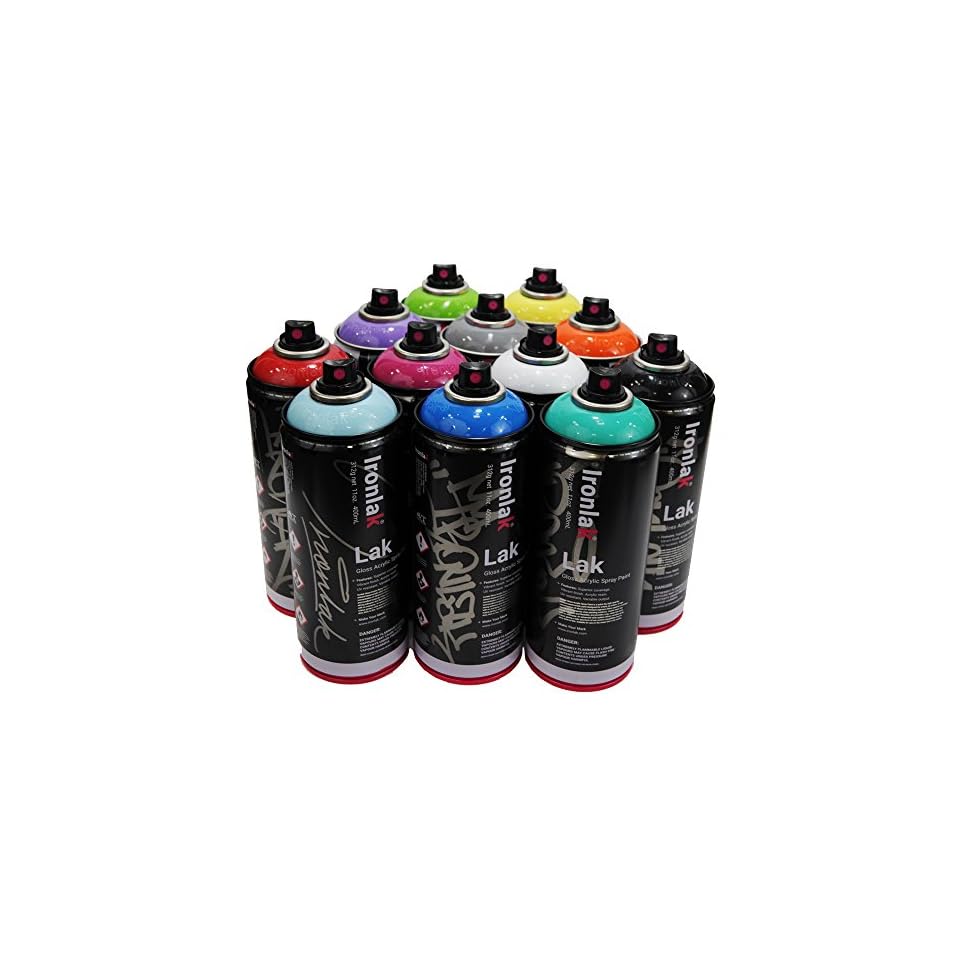When decorating your home or discussing design eras, you might have encountered the term “Mid-Century Modern.” But have you ever wondered if it’s “Mid-Century Modern” or “Midcentury Modern”? The choice between hyphenating “Mid-Century” and using it as a single word can seem trivial, but it holds significance in both linguistic history and current usage. This post will delve into whether “Mid-Century” should be hyphenated based on its linguistic history, usage, and contemporary preferences.
1. The Historical Context of Hyphenation
Early Usage and Evolution:
- Hyphenation in the Early 20th Century: Hyphenation was commonly used in early 20th-century English to link compound adjectives and clarify meaning. For example, terms like “mid-century” were hyphenated to indicate a period roughly in the middle of a century.
- Evolution of Usage: Over time, English has evolved, and compound words often shift from hyphenated forms to closed forms (single words) as they become more familiar and established.
Linguistic Trends:
- Compounding Trends: The shift from hyphenated compounds to closed compounds is a common linguistic trend. As terms become more integrated into everyday language, they often lose their hyphens and become single words.
2. The Case for Hyphenation
Clarity and Readability:
- Preventing Ambiguity: Hyphenation helps prevent ambiguity in phrases like “mid-century” by clearly indicating that the term refers to the middle period of a century. Without the hyphen, readers might interpret “midcentury” differently.
- Consistency with Other Terms: Hyphenation is consistent with other similar terms like “mid-20th century” and “mid-Atlantic,” which helps maintain readability and clarity.
Linguistic Rules:
- Compound Adjectives: In grammar, hyphenation is often used in compound adjectives that precede nouns. For instance, “mid-century” is used as a compound adjective in phrases like “mid-century design” to describe a specific type of design from the middle of the century.
3. The Case Against Hyphenation
Modern Usage Trends:
- Closing the Compound: As language evolves, many compounds transition from hyphenated to closed forms. Terms like “midcentury” are increasingly preferred in modern usage, reflecting a shift toward streamlined and simplified language.
- Consistency with Other Terms: Similar terms like “century” (not hyphenated) and “millennium” (not hyphenated) suggest that “midcentury” should follow the same trend.
Style Guides and Dictionaries:
- Contemporary Usage: Modern style guides and dictionaries often list “midcentury” as the preferred form. The Merriam-Webster Dictionary, for example, lists “midcentury” without a hyphen.
- Standardization: The move towards closed compounds reflects a broader trend in English towards standardizing and simplifying terminology.
4. Practical Recommendations
Consider Your Audience:
- Academic and Professional Writing: In academic or professional contexts where clarity is paramount, hyphenation (“mid-century”) may be preferred to avoid any potential confusion.
- General Usage: In more casual or modern contexts, “midcentury” is increasingly accepted and may be more in line with contemporary usage.
Consistency is Key:
- Stay Consistent: Whichever form you choose, consistency within your writing is crucial. If you start with “mid-century,” continue to use it throughout your text. The same applies to “midcentury.”
Check Style Guides:
- Adhere to Guidelines: Follow specific style guides relevant to your field or publication. For example, the AP Stylebook may have different recommendations compared to the Chicago Manual of Style.
5. Conclusion
The debate over whether “Mid-Century” should be hyphenated or written as “Midcentury” reflects broader trends in language evolution and usage. While historical and grammatical considerations support hyphenation for clarity, modern usage increasingly favors the closed form. Understanding the historical context and contemporary preferences can help you make an informed choice based on your audience and purpose.
Ultimately, both forms are recognized, and the choice may come down to personal preference or adherence to specific style guidelines. By staying informed about linguistic trends and maintaining consistency in your writing, you can effectively navigate the hyphenation debate and ensure clear, accurate communication.
For those interested in Mid-Century Modern design, whether you use “mid-century” or “midcentury,” the essence of this iconic style remains timeless. The focus should be on celebrating and understanding the beauty and functionality of Mid-Century Modern design, regardless of hyphenation preferences.





